Custom Implementation of Semaphore in Java
Let’s build our own version of Semaphore step-by-step.
Step 1 — Plan the Logic
Our custom semaphore needs:
- A permit count initialized during construction.
- A mechanism to let threads wait (wait() / notifyAll()).
- acquire() and release() methods to manage permits.
Step 2 — Create CustomSemaphore Class
public class CustomSemaphore {
private int permits;
public CustomSemaphore(int permits) {
if (permits < 0) throw new IllegalArgumentException("Permits cannot be negative");
this.permits = permits;
}
public synchronized void acquire() throws InterruptedException {
while (permits <= 0) {
wait();
}
permits--;
}
public synchronized void release() {
permits++;
notifyAll();
}
public synchronized int availablePermits() {
return permits;
}
}
Step 3 — Test CustomSemaphore
public class CustomSemaphoreTest {
public static void main(String[] args) {
CustomSemaphore semaphore = new CustomSemaphore(2);
Runnable task = () -> {
try {
System.out.println(Thread.currentThread().getName() + " is waiting for a permit.");
semaphore.acquire();
System.out.println(Thread.currentThread().getName() + " acquired a permit.");
Thread.sleep(2000); // simulate resource usage
System.out.println(Thread.currentThread().getName() + " releasing permit.");
semaphore.release();
} catch (InterruptedException e) {
e.printStackTrace();
}
};
for (int i = 0; i < 5; i++) {
new Thread(task).start();
}
}
}
Expected Output
Thread-0 is waiting for a permit.
Thread-0 acquired a permit.
Thread-1 is waiting for a permit.
Thread-1 acquired a permit.
Thread-2 is waiting for a permit.
Thread-3 is waiting for a permit.
Thread-4 is waiting for a permit.
Thread-0 releasing permit.
Thread-2 acquired a permit.
Thread-1 releasing permit.
Thread-3 acquired a permit.
...
ore Example
// Step 1 & 2 — Custom Semaphore Implementation
class CustomSemaphore {
private int permits;
// Constructor to initialize permits
public CustomSemaphore(int permits) {
if (permits < 0) {
throw new IllegalArgumentException("Permits cannot be negative");
}
this.permits = permits;
}
// Acquire a permit — waits if none are available
public synchronized void acquire() throws InterruptedException {
while (permits <= 0) {
wait();
}
permits--;
}
// Release a permit and notify waiting threads
public synchronized void release() {
permits++;
notifyAll();
}
// Returns number of currently available permits
public synchronized int availablePermits() {
return permits;
}
}
// Step 3 — Test the Custom Semaphore
public class CustomSemaphoreTest {
public static void main(String[] args) {
// Create semaphore with 2 permits
CustomSemaphore semaphore = new CustomSemaphore(2);
// Define a task that uses the semaphore
Runnable task = () -> {
try {
System.out.println(Thread.currentThread().getName() + " is waiting for a permit.");
semaphore.acquire();
System.out.println(Thread.currentThread().getName() + " acquired a permit.");
// Simulate resource usage
Thread.sleep(2000);
System.out.println(Thread.currentThread().getName() + " releasing permit.");
semaphore.release();
} catch (InterruptedException e) {
e.printStackTrace();
}
};
// Create and start 5 threads sharing the same semaphore
for (int i = 0; i < 5; i++) {
Thread thread = new Thread(task);
thread.start();
}
}
}
✅ How to Run
- Save the file as CustomSemaphoreTest.java.
Compile it:
javac CustomSemaphoreTest.javaRun it:
java CustomSemaphoreTest
.png)
 (17).png)
.png)

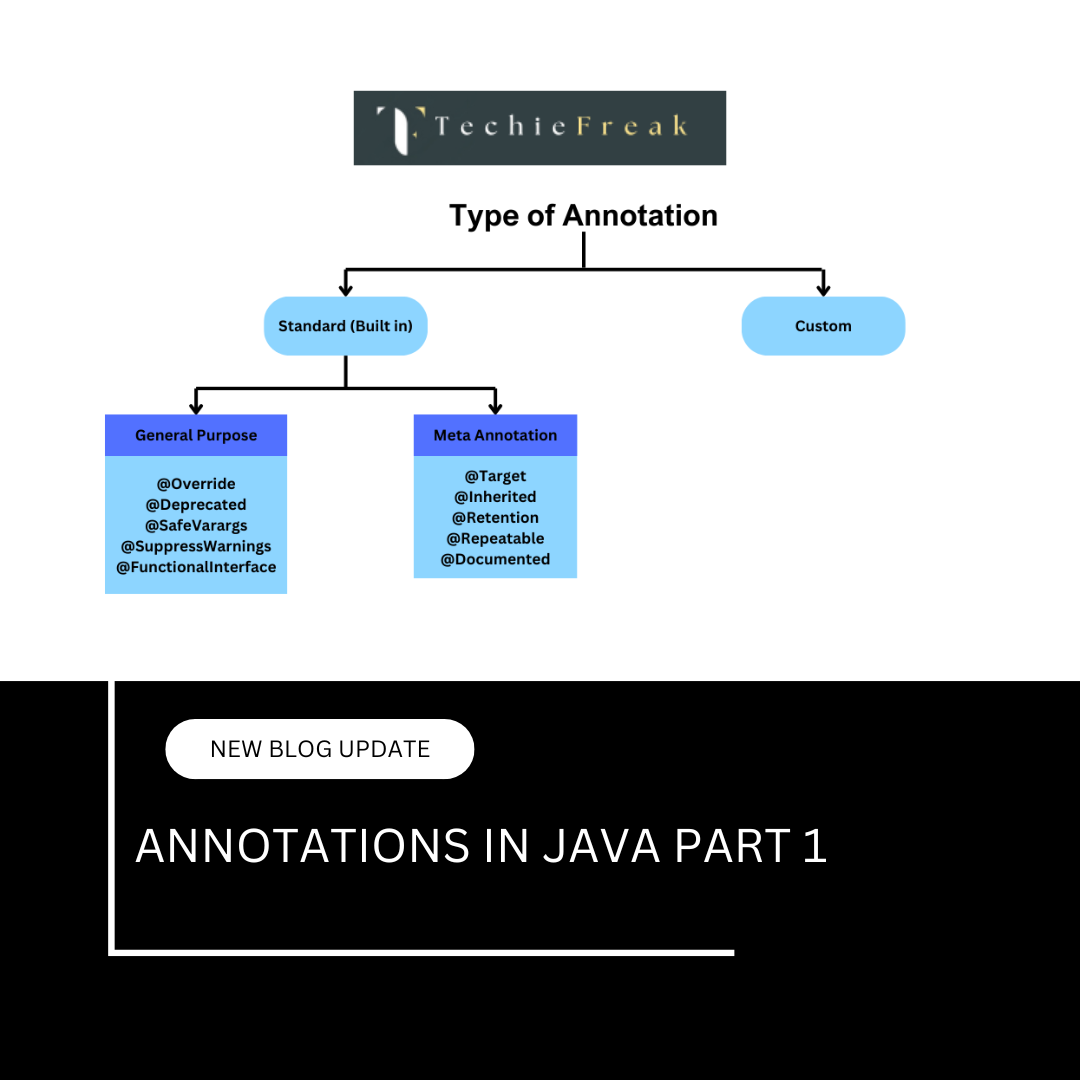
 (53).png)
 (18).png)
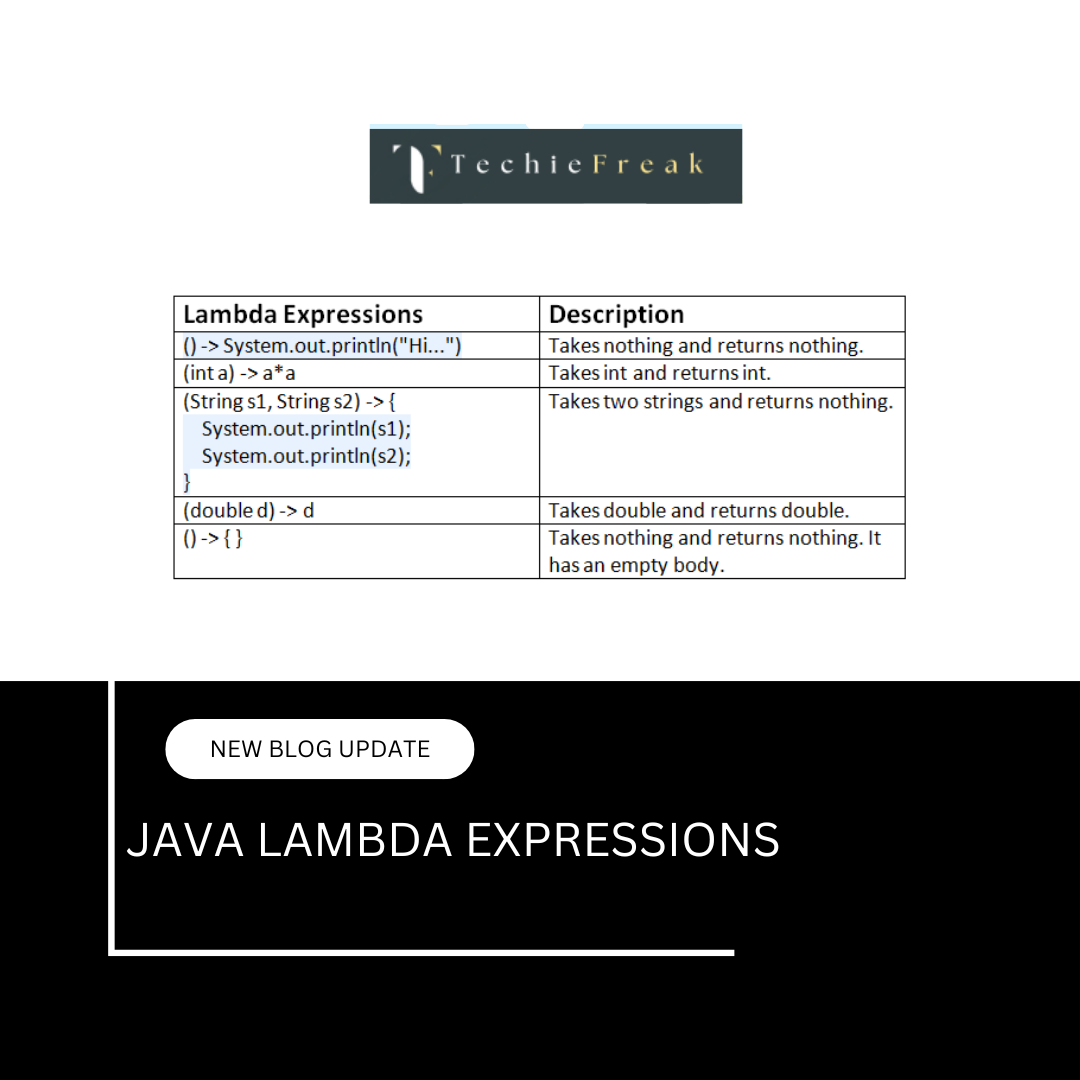


.png)
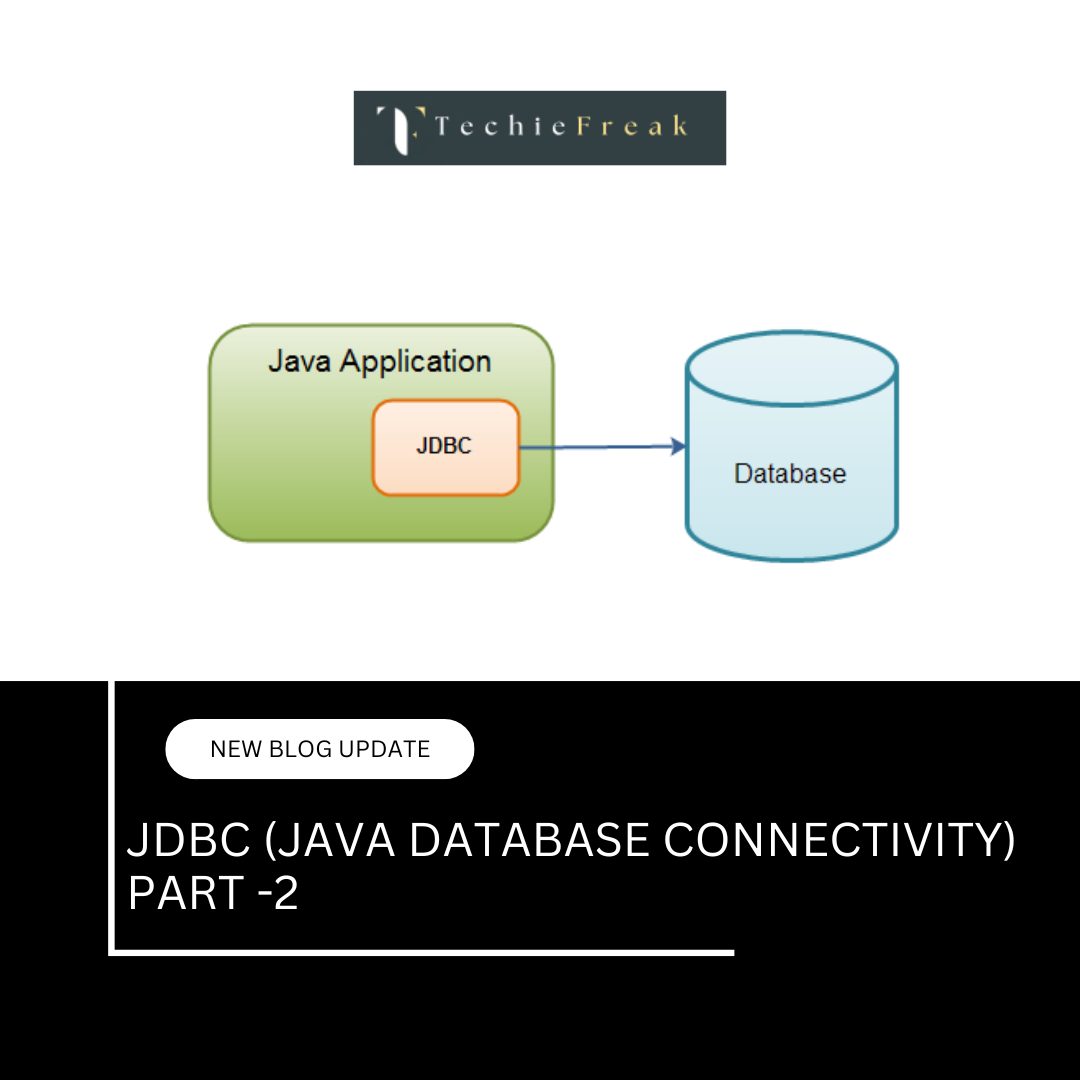
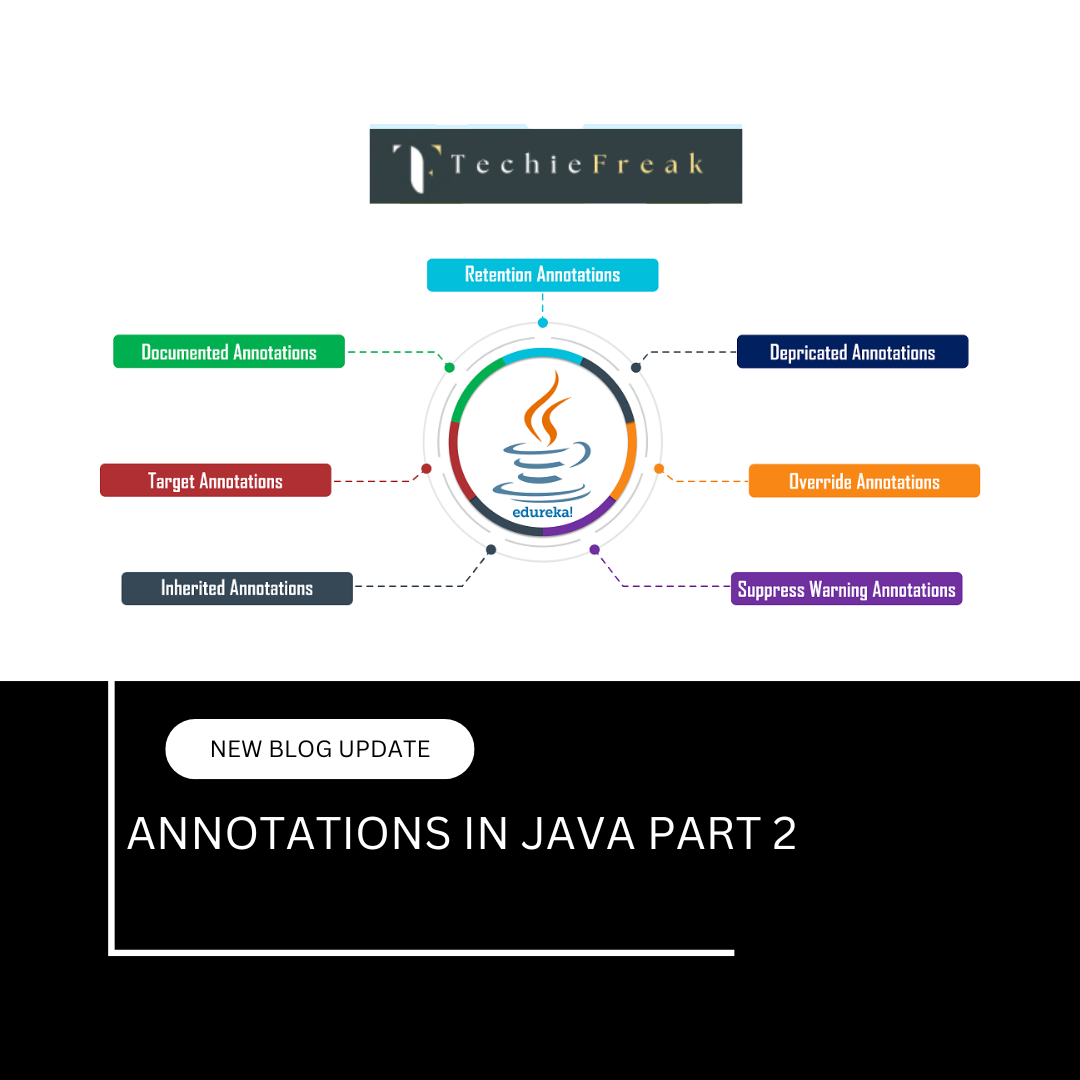

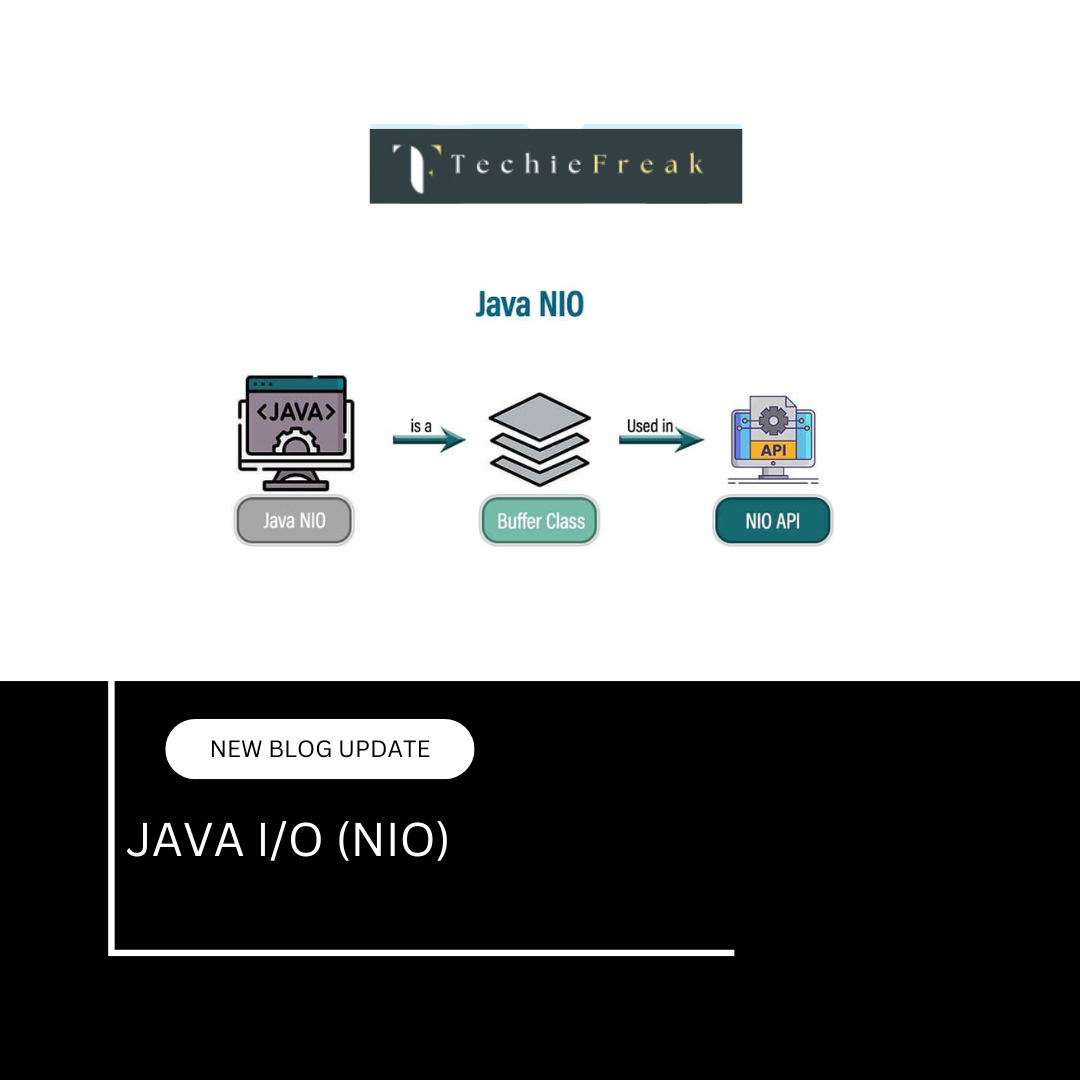
.png)
 (1).png)
 (2).png)
 (3).png)
 (4).png)
 (5).png)
 (6).png)
 (9).png)
 (7).png)
 (10).png)
 (8).png)
 (10).png)
 (12).png)
 (13).png)
 (13).png)
 (15).png)
 (16).png)
 (19).png)
 (20).png)
 (21).png)
 (22).png)
 (23).png)
 (24).png)
 (25).png)
 (26).png)
 (27).png)
 (28).png)
 (29).png)
 (30).png)

 (31).png)
 (32).png)
 (54).png)
 (33).png)
 (34).png)
 (35).png)
 (36).png)
 (37).png)
 (38).png)
 (39).png)
 (40).png)
 (41).png)
 (42).png)
 (45).png)
 (46).png)
 (47).png)
 (48).png)
 (55).png)
 (50).png)
 (51).png)
 (52).png)
 (56).png)
 (44).png)
